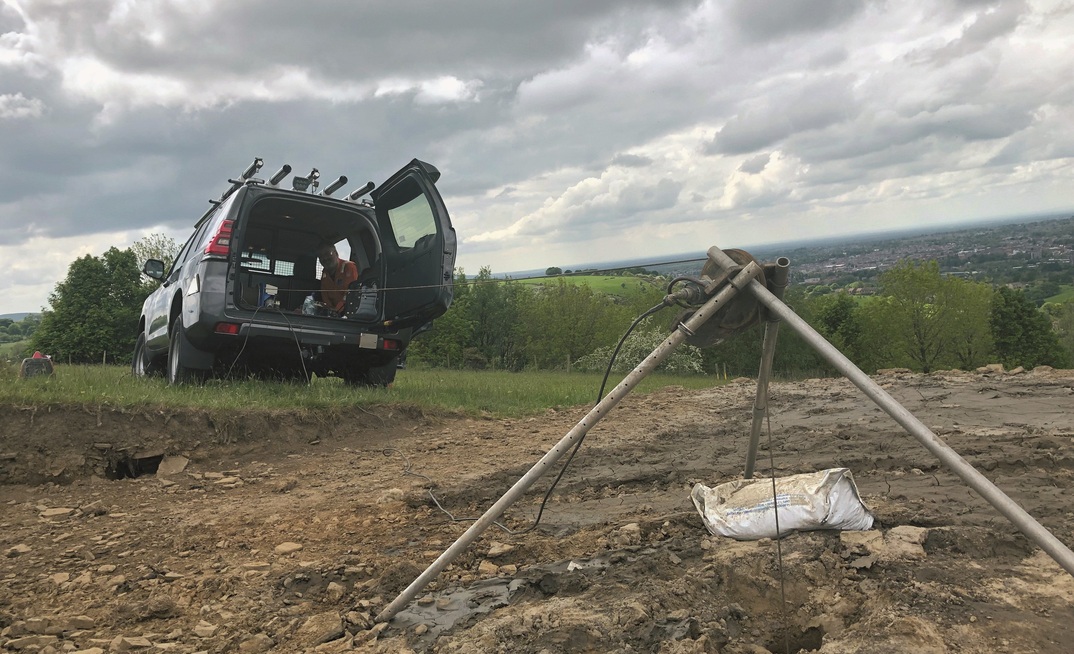Borehole logging is a critical technique in geotechnical, hydrogeological, and mineral exploration projects. It involves the collection of detailed data from drilled boreholes to assess subsurface conditions. This process is facilitated by specialized borehole logging equipment, which helps in analyzing geological formations, groundwater characteristics, and mineral compositions. This article explores the various types of the right borehole logging equipment, their functions, and their significance in modern exploration and engineering projects.
Types of Borehole Logging Equipment
Borehole logging equipment consists of several specialized tools and instruments designed to measure various subsurface properties. These include:
1. Logging Winches and Cable Systems
Logging winches are essential for lowering and retrieving borehole logging probes. These winches come in different sizes and capacities, depending on the depth and diameter of the borehole. The winch system consists of a motorized spool with a cable that connects the probe to the surface data acquisition system.
2. Borehole Probes and Sensors
Probes and sensors form the core of borehole logging operations. They are designed to measure different geological, hydrological, and geotechnical parameters. Common types of probes include:
- Gamma Ray Probes: Used to measure natural radioactivity in rock formations, helping identify lithological variations.
- Resistivity Probes: Measure the electrical resistance of subsurface materials, crucial for groundwater and mineral exploration.
- Acoustic and Sonic Probes: These measure sound wave velocities in rock formations to determine their mechanical properties.
- Caliper Probes: Used to measure borehole diameter and detect casing or formation anomalies.
- Temperature and Conductivity Probes: Essential for monitoring groundwater conditions, including contamination levels.
3. Data Acquisition Systems
These systems are responsible for recording, processing, and analyzing data collected from borehole probes. They consist of specialized software and hardware, including:
- Digital Logging Consoles: Portable units used to control the logging process and store data.
- Real-time Data Transmission Systems: Enable instant monitoring and assessment of subsurface conditions.
- Software for Data Interpretation: Advanced logging software is used to visualize, analyze, and interpret collected data for geological modeling and decision-making.
4. Power Supply Units
Borehole logging equipment requires a stable power source for optimal performance. Power supply units can range from portable battery packs to diesel generators, depending on the field conditions and equipment power requirements.
5. Borehole Video Cameras
Borehole video cameras provide high-resolution imaging of borehole interiors, allowing for visual inspections of geological formations, fractures, and casing conditions. These cameras are particularly useful in groundwater studies and well maintenance operations.

Applications of Borehole Logging Equipment
Borehole logging equipment is used across various industries, including:
- Geotechnical Engineering: Evaluating soil and rock properties for construction projects.
- Mining and Mineral Exploration: Identifying ore deposits and assessing mineral content.
- Oil and Gas Exploration: Analyzing reservoir properties and hydrocarbon potential.
- Groundwater and Environmental Studies: Monitoring aquifer conditions and detecting contamination.
- Infrastructure Development: Assessing ground stability for tunnels, dams, and foundations.
Importance of Borehole Logging Equipment
The use of advanced borehole logging equipment enhances the accuracy and efficiency of subsurface investigations. Key benefits include:
- Improved Decision-Making: High-quality data supports informed decisions in resource exploration and engineering projects.
- Cost-Effective Exploration: Reduces the need for extensive drilling and core sampling by providing in-depth analysis.
- Environmental Monitoring: Helps in assessing contamination and groundwater quality, aiding in sustainable resource management.
- Structural Integrity Assessment: Ensures safety and stability in construction and mining operations.
Conclusion
Borehole logging equipment plays a vital role in subsurface exploration and geotechnical investigations. With advancements in technology, modern logging tools provide greater precision, efficiency, and reliability. Investing in high-quality borehole logging equipment is essential for industries that rely on accurate subsurface data, ensuring better project outcomes and resource management.






Comments